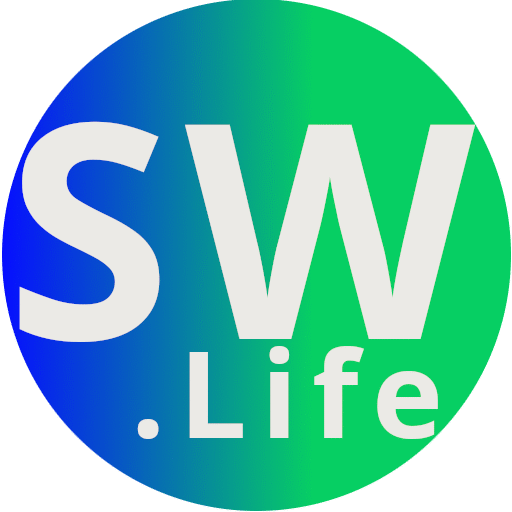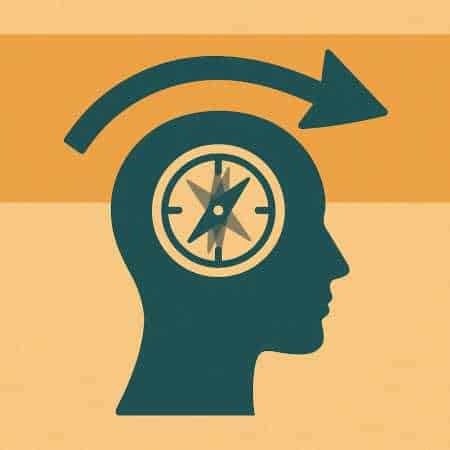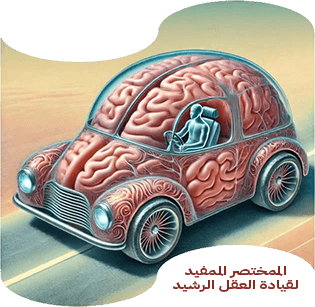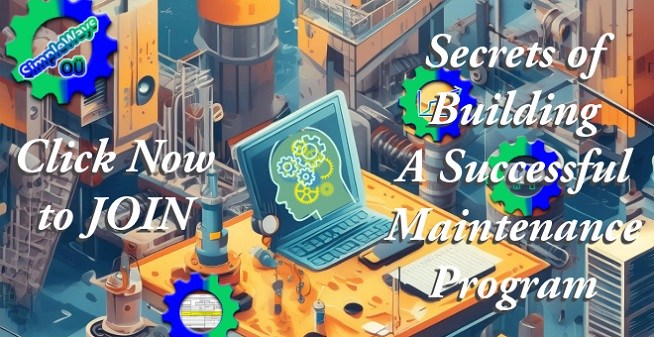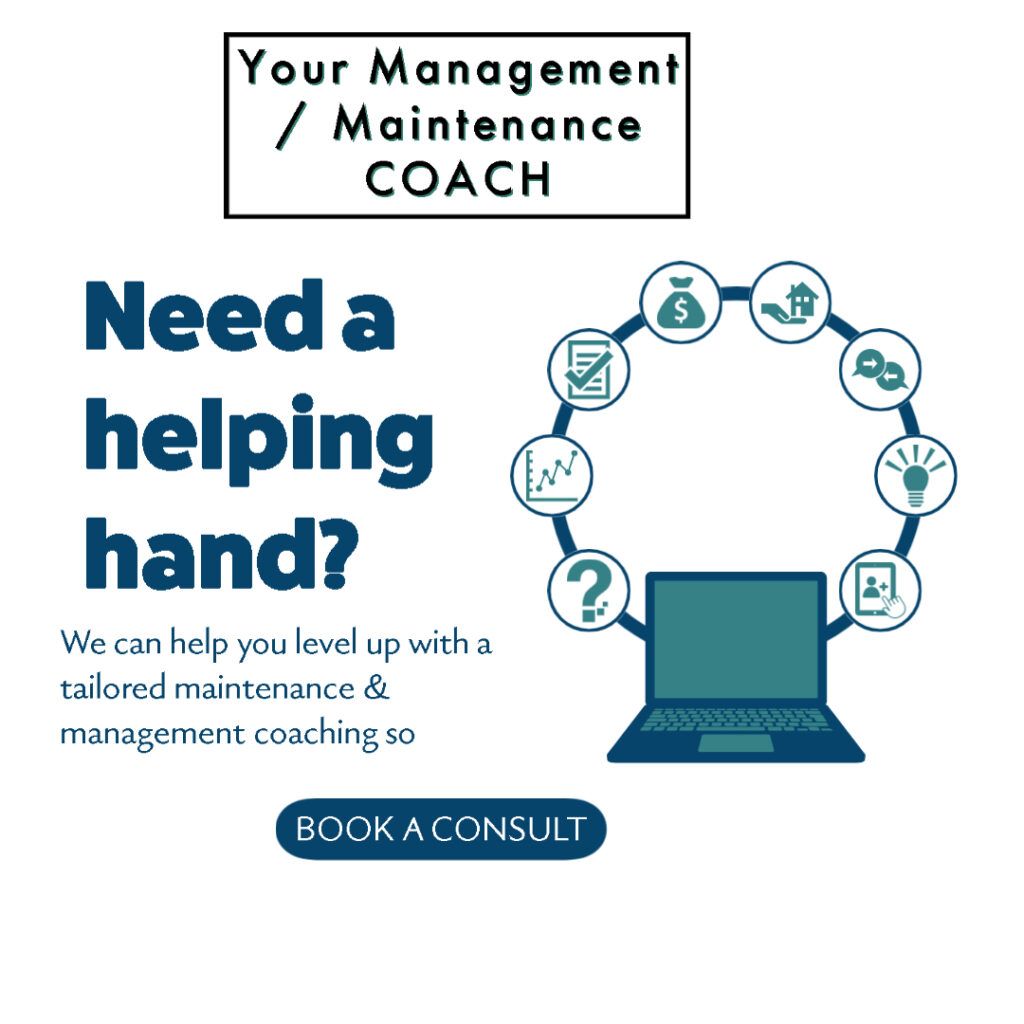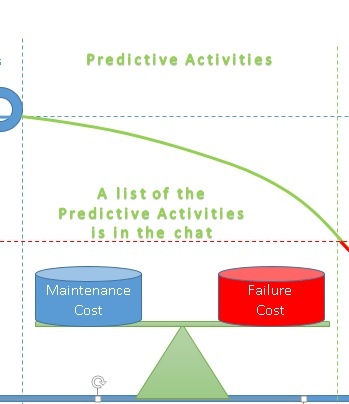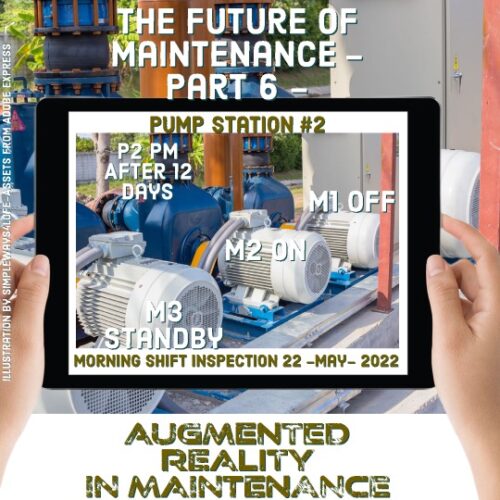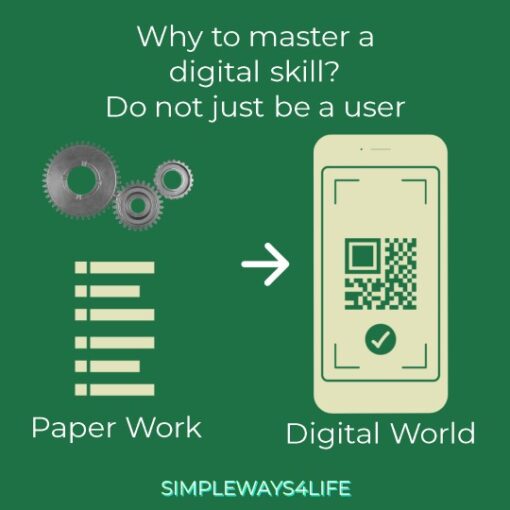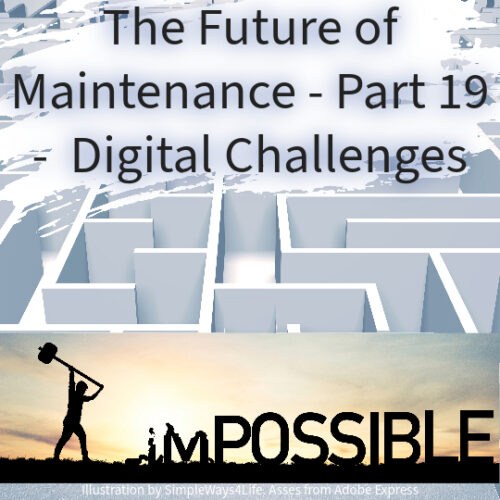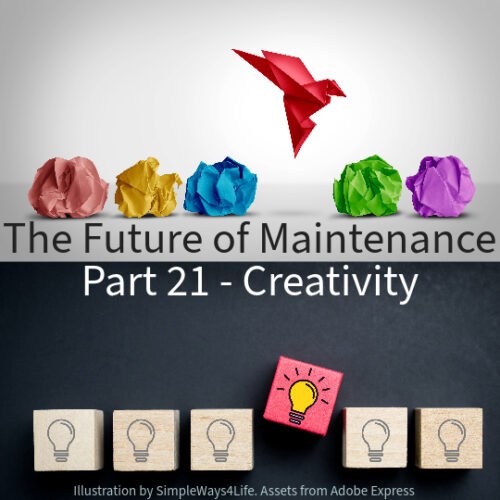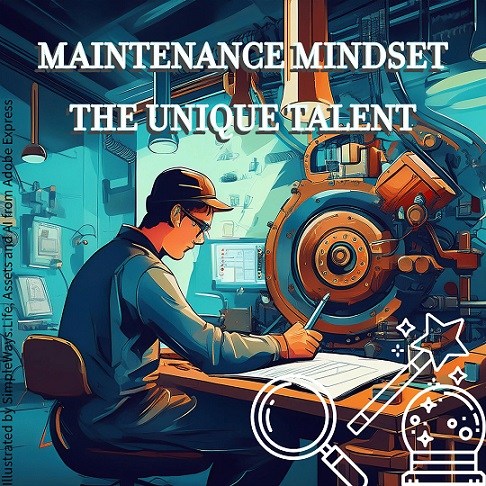If we don’t consciously tend to our inner world enforce being self-aware, external shifts can easily steer us away from who we truly are. That’s why we’re on this journey — not to control life, but to consciously navigate it. Like driving a car, if we don’t choose the route or even know the destination, we’re left circling aimlessly, chasing roads that lead nowhere. But when our path is aligned with our values and real needs, each mile — even the detours — becomes meaningful.
In our previous reflection, How to Safeguard Our Dynamic Self, we explored how our identity is not fixed, but fluid — shaped by time, experience, and intentional thought. That exploration led us to one vital realization: if we don’t consciously tend to our inner world, external shifts can easily steer us away from who we truly are.
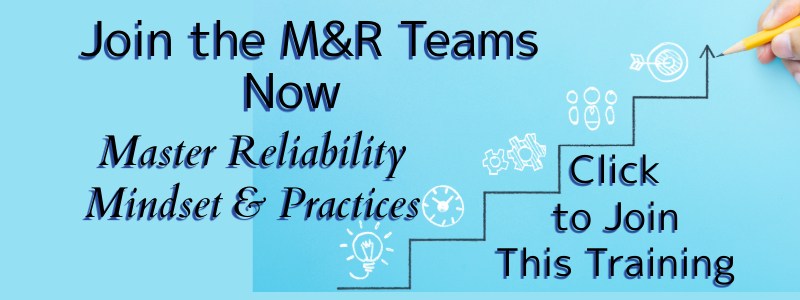
CUSTOMPRICE-TO2JAN26
Today we’re diving deeper into a vital skill: being courageously self-aware, especially during life’s major transitions. Change often brings disruption — to our routines, our roles, even to our sense of self. But disruption doesn’t have to mean disconnection.
In this piece, we’ll explore practical approaches to staying anchored and self-aware as life shifts around us. Together, we’ll learn how to:
- Recognize the identity disruption that often accompanies significant change
- Develop rituals that honor both our past and emerging selves
This is not about being rigid. It’s about being clear — about where we’re headed, and who we are as we move. And when the road is blocked, we don’t stop; we take the scenic route, side-step obstacles, and stay in conversation with our evolving self.
So let’s shift gears — and shift with intention.
Recognize the identity disruption that often accompanies significant change
This phenomenon known as identity disruption is a term explored in psychological and sociological literature to describe the disorientation or fragmentation of self-perception during change. According to a study published in the Journal of Personality and Social Psychology (2001), identity is not a static entity but a dynamic, narrative-based construct. When a transition challenges core roles or self-definitions, it can trigger a period of uncertainty, self-doubt, or even grief — not for what was lost externally, but for the version of ourselves that was tied to it.
Ready to transform your mindset? Click and Get your copy > Now For Sale on Simpleways.life & Amazon
Psychologist Dan P. McAdams, known for his work on narrative identity, explains that we each carry an inner story about who we are — and that story gives our life coherence and meaning. But when a major transition occurs, that narrative can be abruptly interrupted. Suddenly, the “main character” we thought we were doesn’t quite fit the current chapter. This internal dissonance is called identity disruption — a psychological and emotional tension that arises when the self we’ve known feels out of sync with the life we’re now living.
Research from transitional psychology — including the work of Nancy Schlossberg, a pioneer in adult transitions — emphasizes that people experience change on multiple levels: the situation itself, their inner coping mechanisms, their support systems, and their sense of meaning. When any of those are weakened, identity disruption can feel overwhelming.
Some situations that cause identity disruptions
- A high-performing professional who retires may feel lost without the structure and validation of their career role.
- A high-achieving professional who suddenly loses their job might question their worth, not just their skills.
- Someone leaving a long-term relationship might ask, “Who am I without this bond?”
- A new mother may struggle to reconcile her nurturing role with her previous independent identity.
- Immigrants and expats often report a “loss of self” as they adapt to new cultural norms and values
Is it mandatory to live this identity disruption?
Even positive changes can bring about this disruption. Promotions, marriages, or moving to a dream city all carry with them a shift in identity — and without conscious awareness, we may find ourselves feeling disconnected or lost, despite the external “success.” This disruption is normal, even necessary — it’s a sign that growth is trying to occur. But without conscious attention, it can lead to confusion, withdrawal, or grasping at old roles that no longer serve us.
Recognizing this disruption as a normal part of transformation allows us to soften the inner resistance. It’s not a sign of failure or confusion — it’s a call to reconnect, re-evaluate, and realign with our evolving self.
The key first step is awareness. Recognize when you’re feeling disconnected, confused, or not quite “yourself” — not as a sign of failure, but as a signal that your self-concept is being restructured. Journaling, mindful check-ins, or simply naming what feels different can begin to restore a sense of internal alignment.
In the coming sections, we’ll explore how to build on this awareness with rituals, narratives, and reflective practices — not to “fix” disruption, but to embrace it as the fertile ground of transformation.
Develop rituals that honor both our past and emerging selves
When change disrupts us, we need anchors.
Rituals offer those anchors — small, intentional acts that connect us to meaning.
A self-aware transition doesn’t mean erasing the past.
It means honoring who we were while welcoming who we’re becoming.
Think of a graduation.
The ceremony closes one chapter and celebrates the start of another.
That’s a ritual.
You can create your own rituals.
Write a Letter to Your Past Self
Writing a letter to your past self is a powerful ritual that allows you to reflect on your journey, acknowledge growth, and offer advice or closure. This act can help you:
- Process Past Experiences: Reflecting on past challenges and successes can provide valuable insights into how you’ve grown.
- Show Gratitude: Express thanks to your past self for lessons learned. Honor experiences with self-aware appreciation.
- Offer Guidance: Provide your past self with advice or encouragement that might have been helpful during difficult times.
- Close Chapters: It can be a symbolic way to let go of past regrets or unresolved issues.

CUSTOMPRICE-TO2JAN26
Start a New Morning Ritual as a sign of change
Adopt a new habit to symbolize change. As practicing self-aware reflection each morning. This practice:
- Sets Intentions: Starting the day with a ritual can help set positive intentions and mindset.
- Creates Mindfulness: The act of lighting a candle can be a mindful moment to pause and reflect on the day ahead.
- Symbolizes Hope: The flame can symbolize hope and light in the face of change.
De-clutter One Space to Mark Internal Change
Decluttering a physical space can be a metaphor for clearing mental and emotional clutter. This ritual:
- Enhances Well-being: Decluttering can reduce stress and improve overall well-being, supporting your transition.
- Represents Transformation: Clearing physical clutter can symbolize letting go of old patterns or beliefs.
- Improves Focus: A clutter-free environment can improve focus and clarity, reflecting the clarity you seek in your new identity.
Rituals don’t have to be spiritual.
They just need intention.
The act reminds you: I’m not drifting — I’m choosing.
James Clear, author of Atomic Habits, says “Every action you take is a vote for the person you want to become.”
Make those votes sacred.
Use rituals to stay self-aware.
To feel rooted, even while evolving.
To give your new self space to arrive — without forgetting the journey that got you here.
Ready to transform your mindset? Click and Get your copy > Now For Sale on Simpleways.life & Amazon
In Conclusion: Being Self-aware will guide us through transitions
Major transitions challenge us — not just logistically, but at the core of who we are.
To navigate these shifts with grace, we must stay self-aware, honoring both where we’ve been and where we’re headed.
We’ve seen how identity disruption is a natural part of change.
We’ve explored how simple, intentional rituals can help us stay grounded and open to transformation.
But this journey is far from over.
In our next article, we’ll deepen the practice of courageous self-awareness by exploring how to:
- Harness the power of narrative to make sense of shifting self-perceptions
- Build support systems that meet us where we are — and where we’re growing
- Use reflection practices that reveal meaning and direction, even in uncertain times
Change may be inevitable, but disconnection isn’t.
Stay self-aware. Stay intentional.
And let’s continue driving — together — toward a self that’s not only dynamic, but fully alive.
If you feel you need help with any of these ideas we discussed, request a Management Consultancy or Coaching Services From our Store
